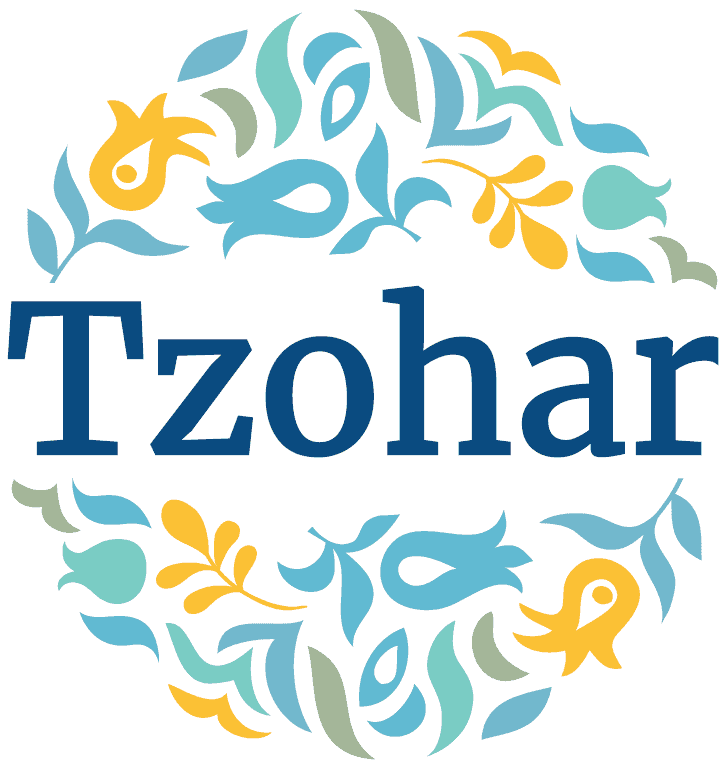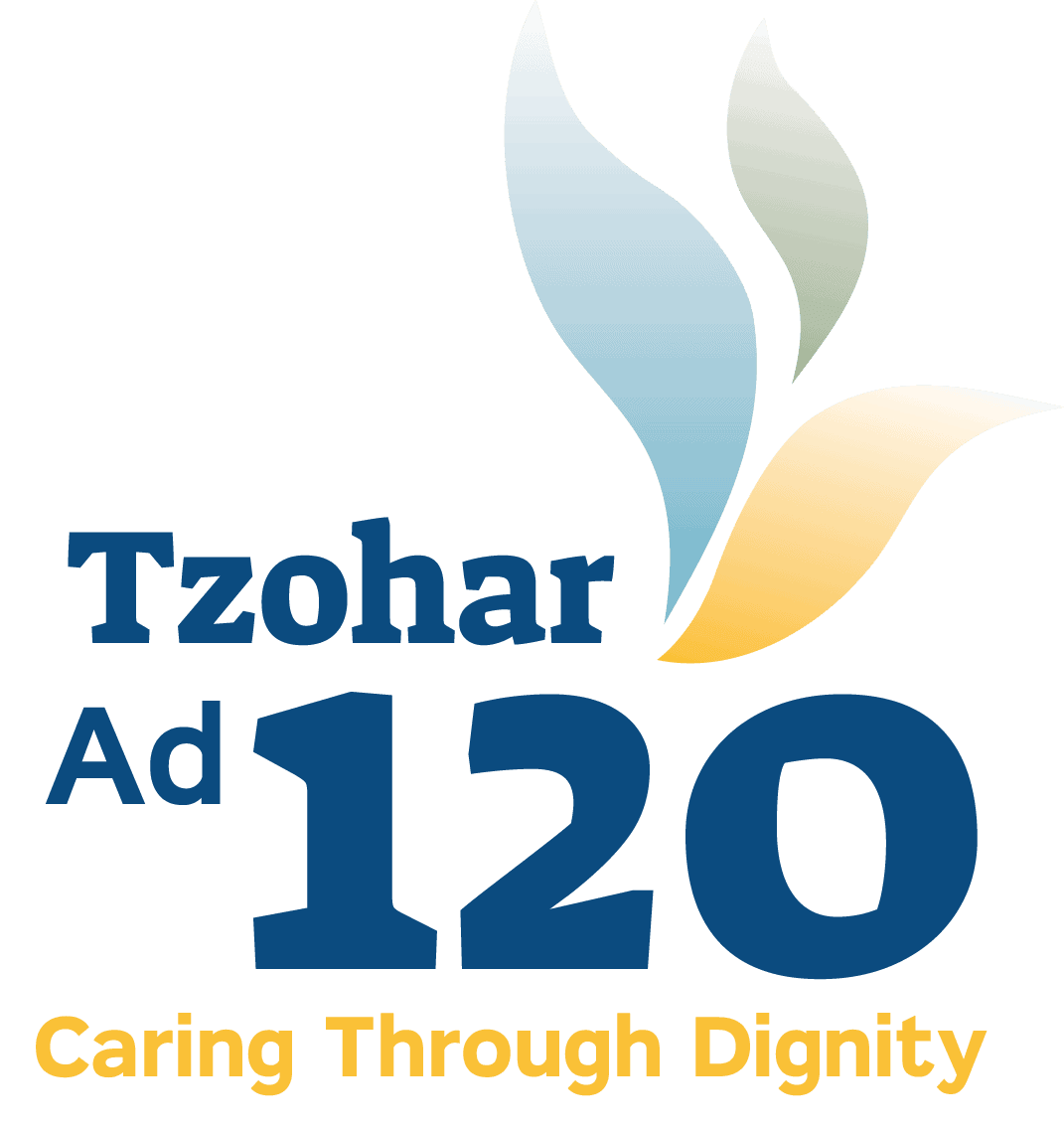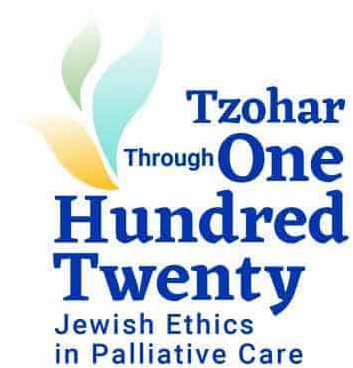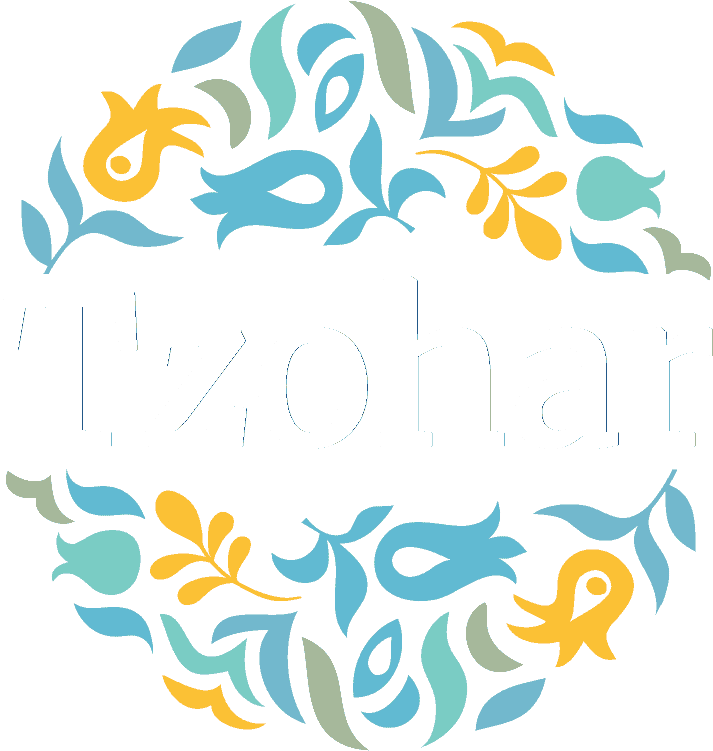1. It is prohibited to disconnect a patient unable to breathe on his own from a ventilator or to stop the flow of oxygen. Rare cases of extreme suffering may be discussed on a case-by-case basis, and as stated throughout this pamphlet, one should consult with a rabbi who is an expert in the field1.
2. In the case of a terminally ill patient whose chances of survival are very low, or who has stopped breathing, there is no obligation to connect him to a respirator and prolong his life, if the assumption is that doing so will increase his suffering during or after artificial respiration2. Since in all likelihood, connecting someone to a respirator is irreversible, it should be considered carefully.
3. In principle, if a patient is in a life-threatening situation it is recommended to connect him to a respirator that operates for fixed intervals, to enable one to decide whether to refrain from resuming artificial respiration at a later point in time. However this technology does not currently exist3.
4. Even when it is permitted to withhold artificial respiration, one should not refrain from providing the patient with oxygen4.
5. In the case of a patient connected to an artificial respirator who has experienced multiple organ failure (the collapse of at least three vital systems) according to the opinions of all doctors involved in his care, and is suffering from pain, if it is known that he does not wish to continue a life of suffering, it is permitted to lower the machine’s respiration rate to a rate at which he is still breathing and to lower the oxygen saturation to approximately 21%, which is the oxygen saturation level in normal air. This is based on the assumption that this will not cause the patient to die immediately, even though it is possible that he will die from his illness within a few hours5.
6. In the case of a child born with lung development problems, who is being treated with an ECMO life-support machine that oxygenates the blood that flows to the lungs, if the treatment fails and there is no possibility that the lungs will develop (enabling the baby to continue to live), in some cases it is permitted to disconnect the baby from the device because he never had a presumptive status of life. However, this is a highly complex issue, and each case must be considered individually6.
הערת שוליים
-
[1] In Section One, chapter V, we discussed the removal of a preventive factor and the difference between undertaking an active step that shortens life, which is prohibited in all cases, and refraining from taking action. The accepted opinion among poskim is that stopping artificial respiration is prohibited insofar as it accelerates death, and only the passive act of refraining from connecting someone to a machine is permitted. See Iggerot Moshe, Yoreh De’a, III:132; Tzitz Eliezer, XVIII:72, 13; Encyclopedia of Medicine and Halakha, vol. 5, “A Terminally Ill Patient (1),” p. 148, footnote 257. In contrast, some maintain that stopping artificial respiration is permitted in certain medical situations. See Rabbi Ḥayyim David HaLevi, “Disconnecting a Patient with no Chances of Survival from an Artificial Respirator,” Teḥumin, 2 (1981), pp. 294–304; Rabbi Baruch Yehoshua Rabinowitz, “Determining the Moment of Death and Transplanting Organs,” Sefer Assia 1 (1976), p. 197 (see also Encyclopedia of Medicine and Halakha, vol. 5, “A Terminally Ill Patient (a),” p. 147, footnote 256). In their opinion, since an artificial respirator is an external aid, disconnecting it is tantamount to “the removal of a preventive factor.” It is possible that in extreme situations one can rely on poskim who rule leniently, in conjunction with other halakhic considerations.
The issue at hand is not determining the moment of death and disconnecting the machines after brain death has been established. For a discussion of this issue, see Nishmat Avraham, Yoreh De’a 339:2; Encyclopedia of Medicine and Halakha, vol. 6, “The Moment of Death,” pp. 816–86; Rabbi Meir Halperin (ed.), Determining the Moment of Death: A Collection of Articles, Jerusalem 2018; the position paper “Organ Donation,” on the Tzohar Ad 120 website (https://bit.ly/3v9DNUx).
- This is the opinion of Rabbi S. Z. Auerbach. See Nishmat Avraham, Yoreh De’a 339:4; Minḥat Shlomo,I:91, 4). Rabbi Ovadia Hedaya ruled similarly with regard to giving medication to a terminally ill patient; see Yaskil Avdi, VII, Yoreh De’a, 40. Many other poskim concur. In contrast, Rabbi Eliezer Waldenberg (Tzitz Eliezer, XIII:89, and XIV:80–1) maintains that as long as the patient can survive on his own, the doctor must do everything possible to prolong his life. For further discussion of this issue, see footnote 63.
- TheTzitz Eliezer, XIII:89. See Encyclopedia of Medicine and Halakha, vol. 5, “A Terminally Ill Patient (a),” p. 149, footnote 260. For a discussion of the practical aspects and halakhic implications of a cyclically operating artificial respirator, see Rabbi Meir Halperin, “A Control System (“timer”) for Making Respiration a Cyclical Medical Treatment,” Assia 81–2 (2018), pp. 99–104; ibid., “The Dying Patient Act – Past, Present and Future, from a Systemic Perspective,” Refua UMishpat 51 (2019), pp. 131–34.
- Oxygen is an essential need and it relieves the afflicted patient. Consequently, the administration of oxygen is similar to providing the patient with food and fluids, as explained in chapter X below, subsections i-ii, and footnote 73. See Iggerot Moshe, Ḥoshen Mishpat, II:73, 1; Minḥat Shlomo,I:91, 24; Encyclopedia of Medicine and Halakha, vol. 5, “A Terminally Ill Patient (1),” p. 148; Nishmat Avraham, Yoreh De’a 339:4.
- See Rabbi A. Steinberg, “Halakhic Rules for a Doctor in an Intensive Care Unit, in Accordance with the Opinions of Rabbi S. Z. Auerbach and Rabbi Shmuel HaLevi Wosner,” Assia 63–4 (1999), pp. 18–19. The patient under discussion has experienced the collapse of at least three vital systems, all physicians involved in his care agree that there is no chance of saving him, it is estimated that he will only live for a very short period of time, and the working assumption is that the patient would not want to continue to suffer. It should be noted that various doctors have expressed that on a practical level, it is difficult to determine that “three vital systems” have in fact failed. See the position paper, “Reducing the Oxygen Dose to a Terminally Ill Patient” (https://bit.ly/3KeQEMb).
- According to Dr. Abraham S. Abraham (in Nishmat Avraham), Yoreh De’a 339:7, this is the position of Rabbi S. Z. Auerbach. He notes that according to Rabbi Y. S. Elyashiv the baby has the status of a stillborn. He cautions that this should not be considered a general ruling, as many details vary from one patient to another. Rabbi Eliezer Waldenberg (Tzitz Eliezer, XIII:88) maintains that the baby should be treated in all cases, which is consistent with his general approach (see footnote 63) that a patient should always receive treatment. See also Rabbi Y. Cherlow, “Withholding Treatment from a Dying Baby Suffering from a ‘Group A Streptococcal Infection,’” Assia 85–6 (2009), pp. 48–62.





